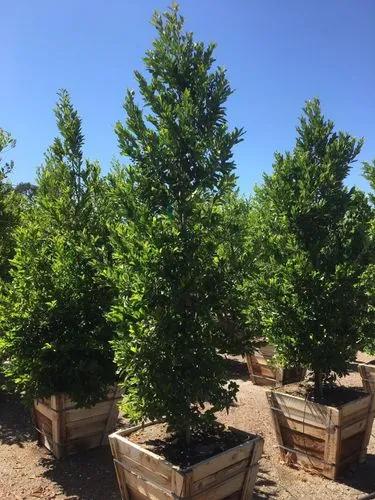Picea smithiana is a species of evergreen tree in the family Pinaceae family. It is referred to by the common names morinda spruce and West Himalayan spruce, and is a spruce native to the western Himalaya and adjacent mountains, from northeast Afghanistan, northern Pakistan, India to central Nepal. It grows at altitudes of 2,400-3,600 m in forests together with deodar cedar, blue pine and pindrow fir.
Morinda Spruce Care
Picea Smithiana



Picea smithiana is a large evergreen tree growing to 40–55 m tall (exceptionally to 60 m), and with a trunk diameter of up to 1–2 m. It has a conical crown with level branches and usually pendulous branchlets.
The shoots are pale buff-brown, and glabrous (hairless). The leaves are needle-like, the longest of any spruce, 3–5 cm long, rhombic in cross-section, mid-green with inconspicuous stomatal lines. The cones are broad cylindric-conic, 9–16 cm long and 3 cm broad, green when young, maturing buff-brown and opening to 5–6 cm broad 5–7 months after pollination; the scales are stiff and smoothly rounded.
Morinda spruce is a popular ornamental tree in large gardens in western Europe for its attractive pendulous branchlets. It is also grown to a small extent in forestry for timber and paper production, though its slower growth compared to Norway spruce reduces its importance outside of its native range. The name morinda derives from the tree's name in Nepali.
How to Care for the Plant

Popularity

3 people already have this plant 5 people have added this plant to their wishlists
Discover more plants with the list below
Popular articles






